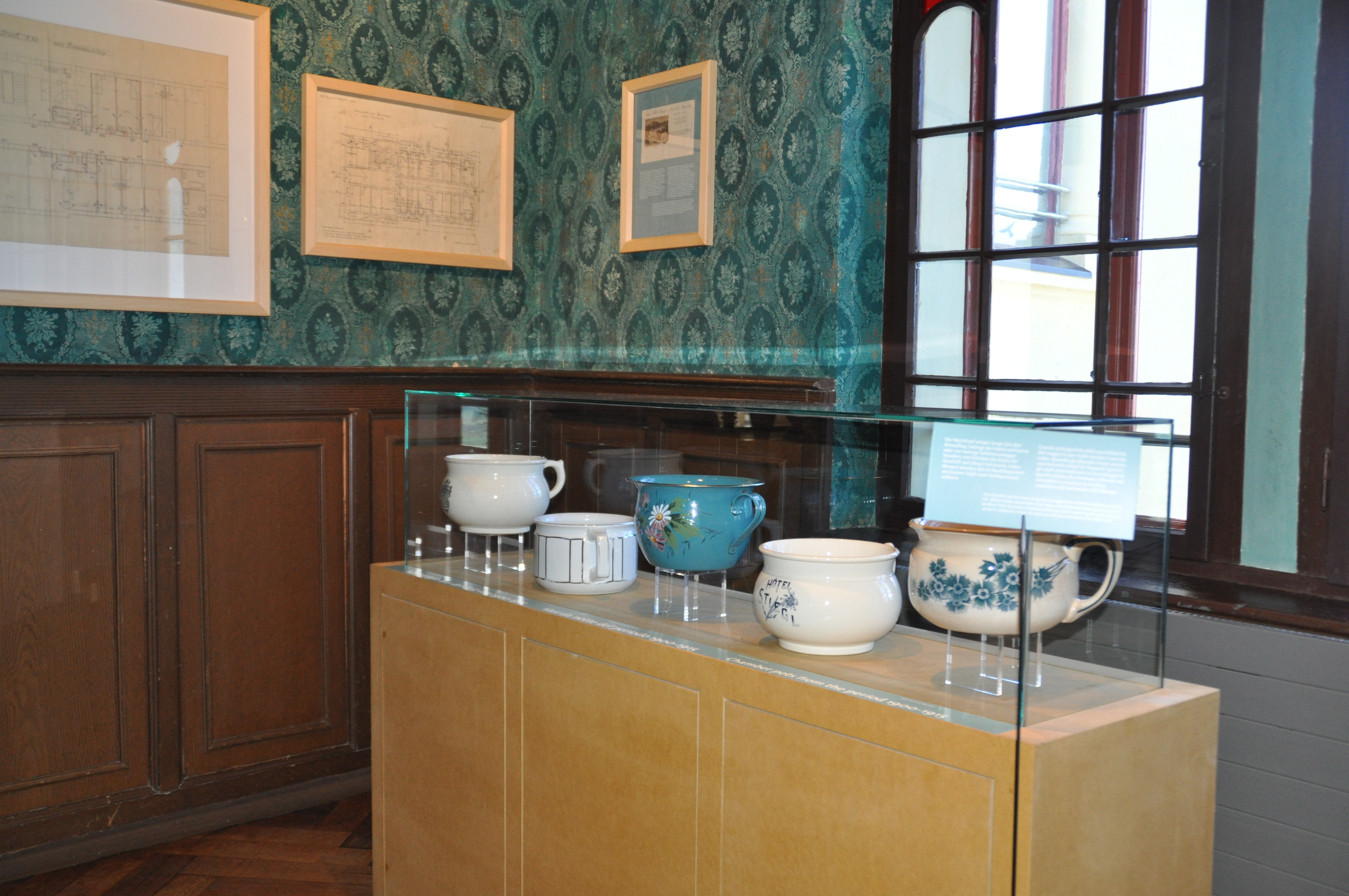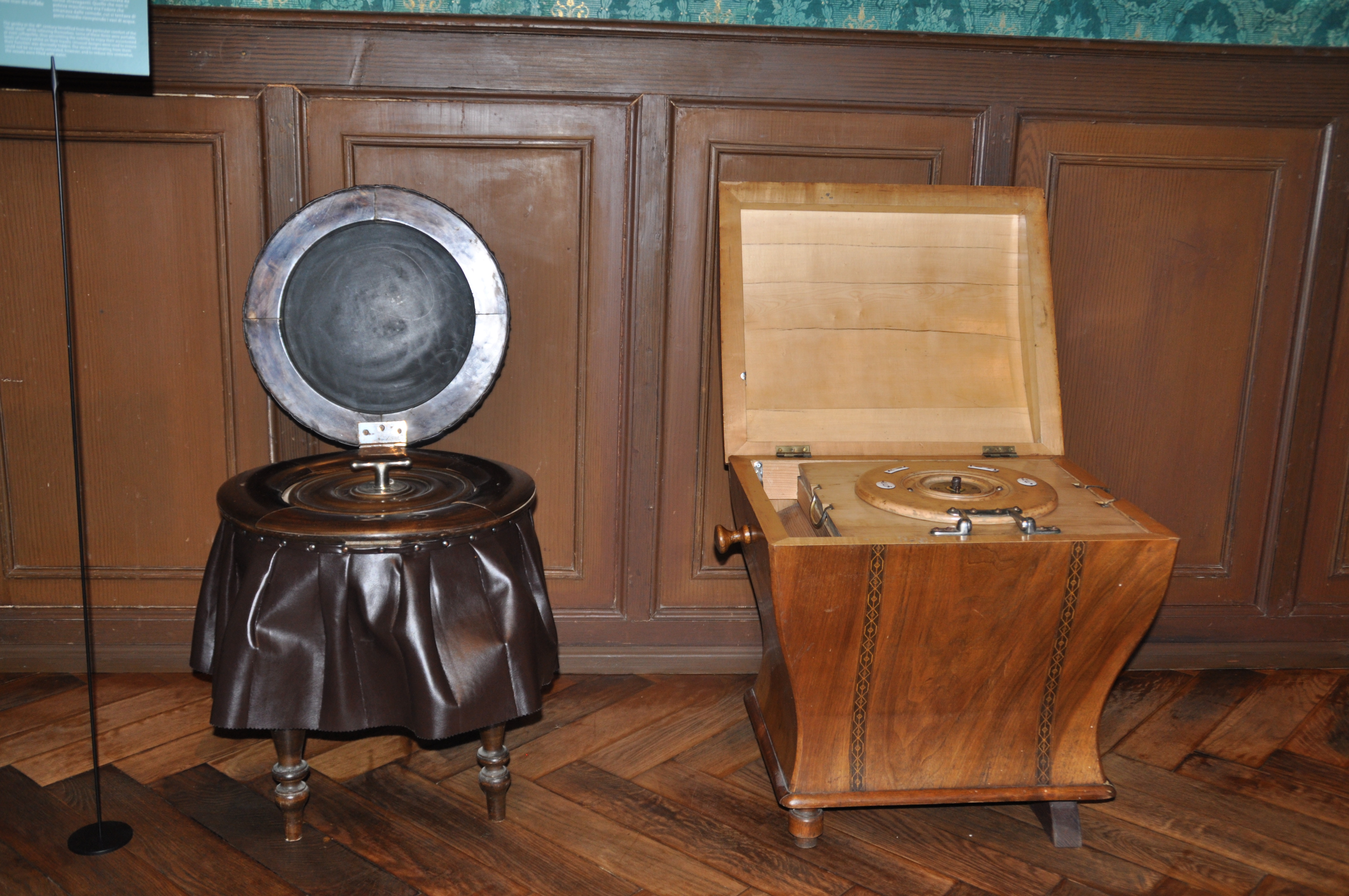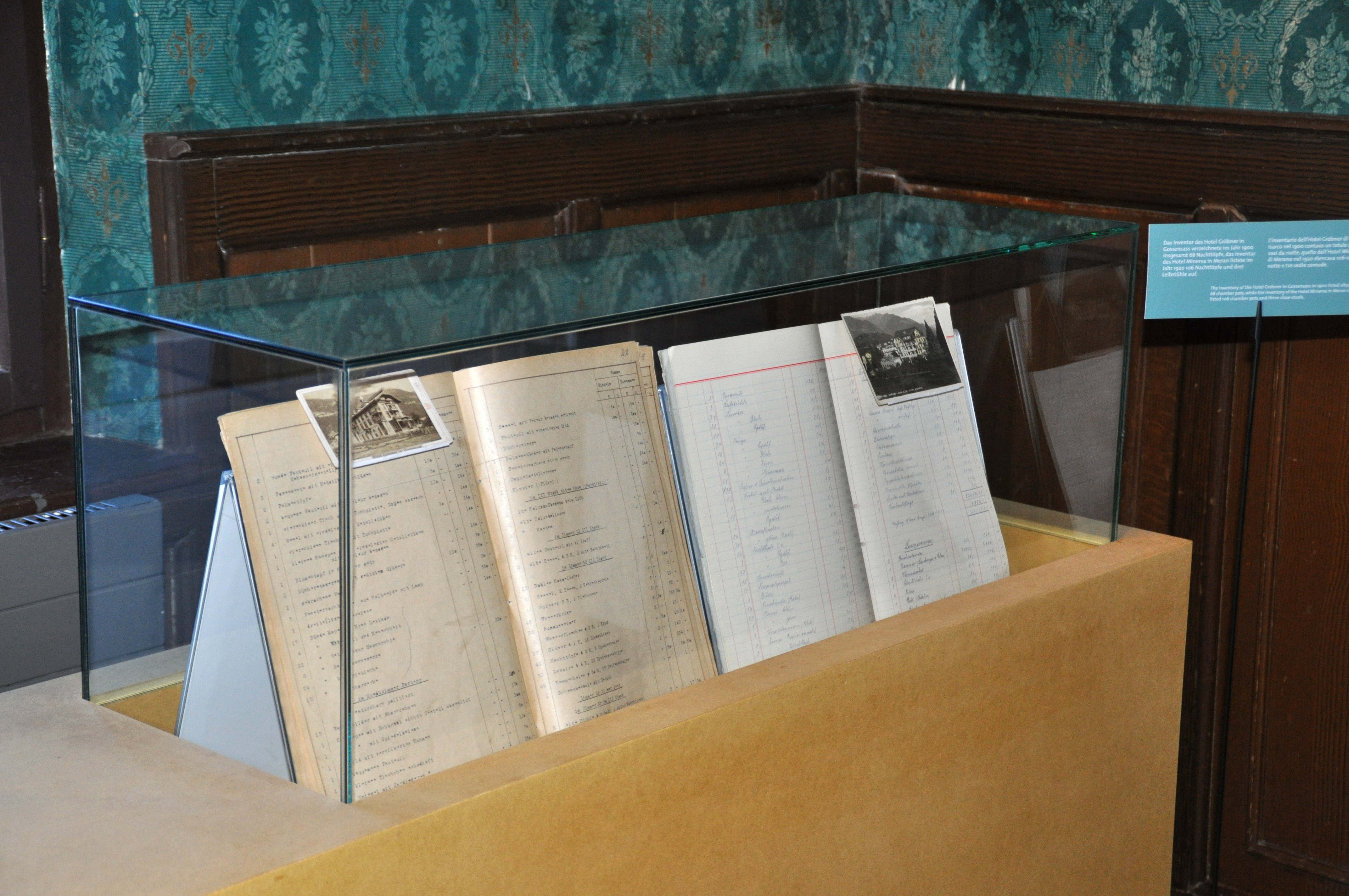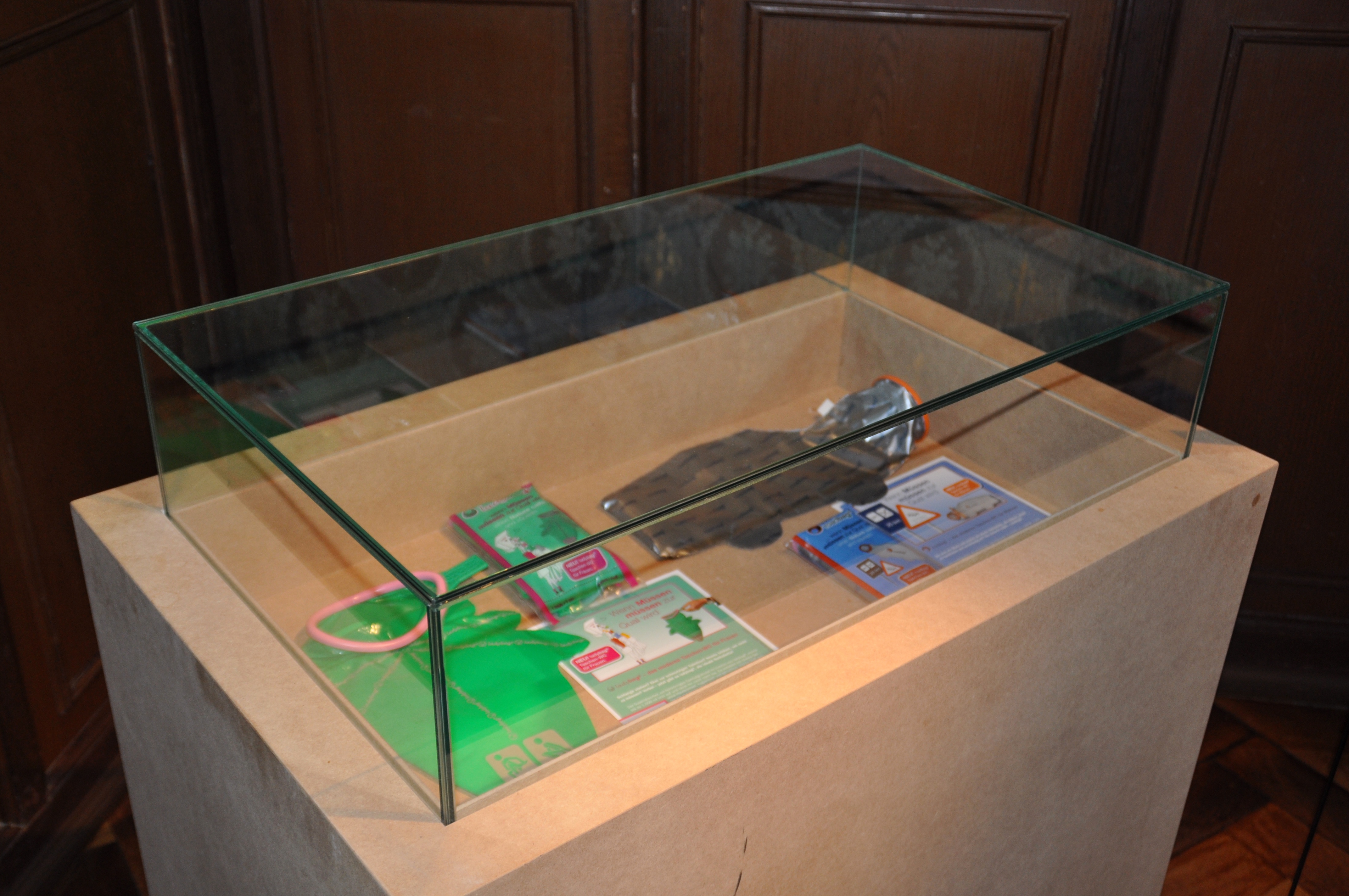Toilets for travellers
A Touriseum special exhibition in the historic rooms of Trauttmansdorff Castle
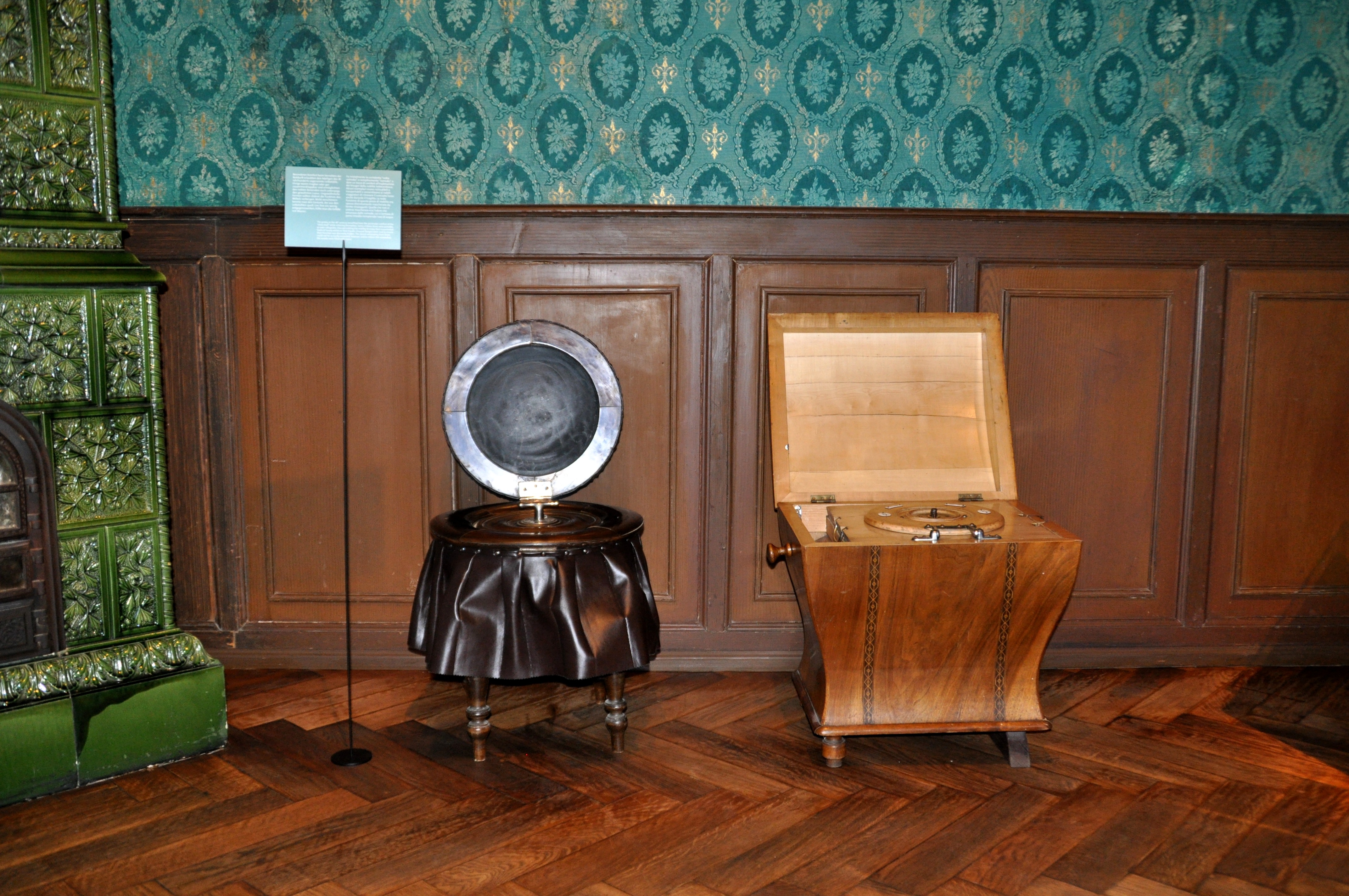
05.06.-31.10.2012
Enjoy a brief cultural history of the WC in the tourist industry!
We may wish to leave all the unpleasant aspects of everyday life behind us when we travel, but going to the toilet is something we simply cannot avoid. The smallest room, like travelling itself, has changed considerably over the centuries.
The gentry in the 18th century benefited from the particular comfort of the “close stool” while relieving themselves. Some of these items were portable, or even collapsible, thus permitting the nobility to enjoy their accustomed levels of luxury whilst on their travels. Unusual designs were used to ensure their function was discreetly hidden. The stench emanating from them could not be so easily concealed, however, and to reduce this somewhat, the vessels were filled with water.
By the early 19th century, a high degree of comfort was expected in the larger hotels: electric lighting throughout, a smoking room and a music salon – and of course a lift – were regarded as standard. The Grand Hotels were the first to develop toilets on each floor: private WCs were not yet seen as a necessity. The illustrious guests of the Karersee Hotel (e.g. Arthur Schnitzler or Agatha Christie) would continue to share a bathroom until the 1920s. Especially progressive was however the Grand Hotel Penegal on the Mendel Pass, which as long ago as 1910 offered a “private bathroom” to guests in each of its 200 rooms.
For a long time the chamber pot was a staple item of the traveller’s everyday life. While hotels possessed no or only a few toilet facilities, guests would perform their business in these containers. Each morning the pots, stowed away in a bedside locker at night, would be emptied by the hotel staff.
The WC situation remained for a long time unchanged in the smaller South Tyrolean hotels. In 1972 the regional government’s so-called “Bathroom Law” supported the upgrading of sanitary facilities. These improvements led to the 1978 advertising slogan: “Südtirol – fliessend Deutsch und Warmwasser [South Tyrol – German and hot water ‘on tap’]”. With the introduction of accommodation grading in the 1980s, bathrooms in guest rooms became an important criterion and were soon the norm.
Take a look, too, at our museum toilets, where you can see a "Postcard Idyll" by Meran artist Matthias Schönweger!

